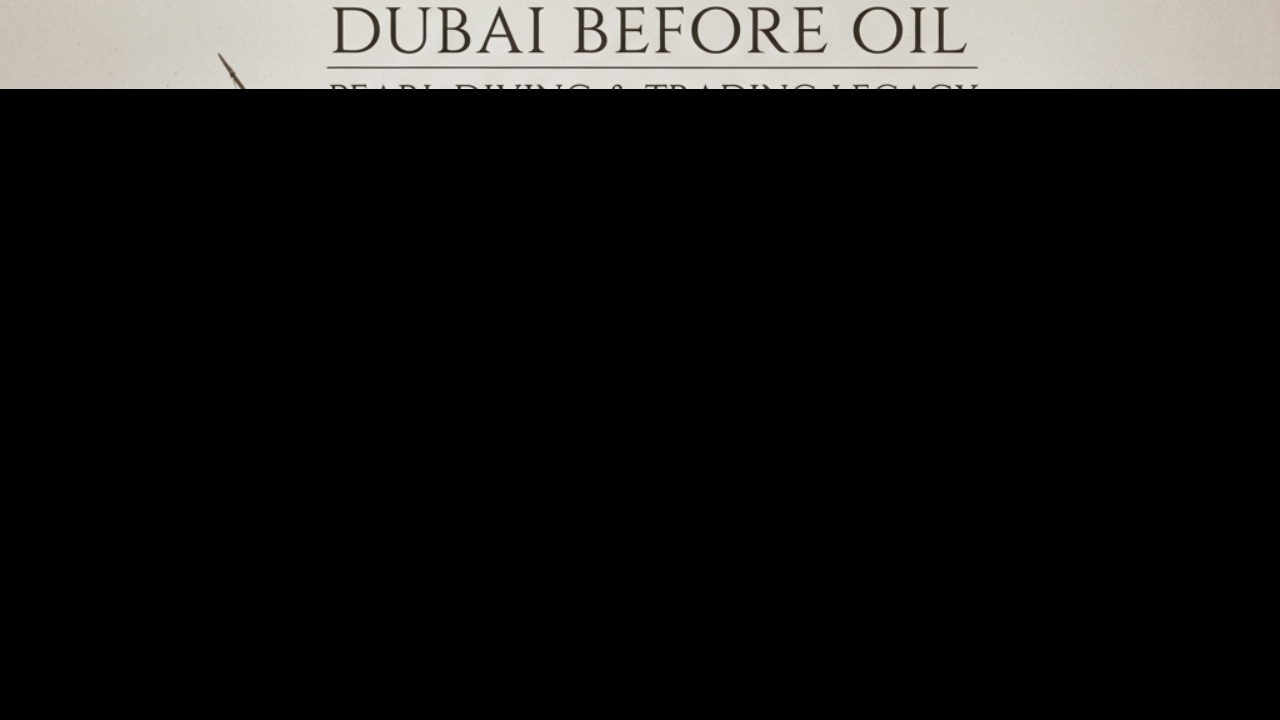
Post by : Anish
For decades, the global economy has been understood through the lens of boom-and-bust cycles — periods of rapid expansion followed by painful contractions. These cycles shaped monetary policies, corporate strategies, and household financial planning. However, in a recent analysis, BlackRock, the world’s largest asset management firm, put forward a bold claim: the world economy has moved beyond the conventional boom-and-bust pattern. This view signals a potential paradigm shift in how governments, businesses, and investors navigate economic realities.
BlackRock’s outlook highlights that the global financial system, though still vulnerable to shocks, has become far more adaptive, resilient, and structurally different from the economies of past decades. According to the firm, sustained innovation, stronger institutional frameworks, and diversified global trade channels are creating an environment less prone to extreme economic swings. Instead of the sharp peaks and troughs that once defined the landscape, the future may be shaped by moderated growth, regional variations, and structural adjustments that encourage long-term stability.
Economic cycles have historically been characterized by phases of exuberance, often driven by credit expansion, technological revolutions, or speculative bubbles, followed by deep recessions. The Great Depression, the oil shocks of the 1970s, and the global financial crisis of 2008 remain stark reminders of the devastation these busts can inflict.
Yet, BlackRock points out that the nature of global economies has been fundamentally altered. Policymakers learned lessons from these crises, leading to tighter regulations, enhanced fiscal mechanisms, and proactive interventions by central banks. The post-2008 world saw unprecedented monetary tools like quantitative easing, which prevented collapses that would have rivaled the Great Depression. These interventions, while controversial, showcased how much stronger economic management frameworks have become.
One of the strongest arguments for the end of traditional boom-and-bust dynamics lies in globalization. The interconnectedness of trade, finance, and technology has made economic shocks less contained and more diffused. While this initially seemed like a vulnerability, it has paradoxically created resilience.
For example, a slowdown in one region is increasingly offset by growth in another. When Western economies struggled during the 2010s, emerging markets like India and Southeast Asia picked up momentum, creating balance in global demand. Similarly, diversified supply chains, though tested during the pandemic, have shown remarkable ability to reroute and recover. BlackRock suggests this distribution of risk across regions prevents the kind of singular collapses that once crippled entire systems.
Technology is not only reshaping industries but also cushioning economies against shocks. The digital transformation, accelerated by the COVID-19 pandemic, has enabled faster adaptation in labor markets, commerce, and education. Unlike previous recessions, businesses in the modern era have tools to pivot quickly, ensuring that disruptions do not spiral into long-lasting depressions.
Automation, artificial intelligence, and digital finance have further improved economic fluidity. Fintech innovations, for instance, allow households and small businesses easier access to credit during downturns, preventing liquidity crunches from escalating. Meanwhile, real-time data analytics empower policymakers with quicker insights, allowing for faster corrective action compared to the lagging indicators of past decades.
A major reason why boom-and-bust cycles are fading lies in the proactive role of central banks and governments. The willingness to act swiftly with interest rate adjustments, stimulus packages, and fiscal relief measures has prevented minor slowdowns from becoming systemic meltdowns.
BlackRock emphasizes that the old notion of governments being slow, reactive, and constrained has given way to institutions ready to act aggressively. The swift interventions during the COVID-19 crisis, where trillions were injected into economies to prevent collapse, demonstrate how much has changed. Critics argue that such actions may build long-term debt burdens, but the fact remains: they stabilize economies in the short term and prevent destructive crashes.
BlackRock’s thesis is not about endless growth without risks. Instead, it suggests a moderation of extremes. Economies may still face recessions, but these will be shorter, less severe, and more sector-specific. Instead of widespread collapse, challenges may be localized to certain industries or geographies.
This moderated growth phase is fueled by structural shifts: aging populations, climate-related transitions, and sustainable investment demands. These factors collectively dampen the kind of excessive booms seen in earlier decades while ensuring that downturns remain controlled.
For investors, the implications of this analysis are profound. Traditional portfolio strategies often relied on preparing for drastic economic swings — hedging aggressively during expansions and seeking bargains during downturns. But in a world beyond boom-and-bust, investment focus may shift toward resilience, sustainability, and long-term thematic opportunities.
BlackRock highlights sectors such as renewable energy, digital infrastructure, and healthcare as prime areas of growth in this new environment. These industries are not only driven by necessity but also less exposed to cyclical risks. For individual investors, this translates into greater confidence in long-term stability, even amid short-term volatility.
Despite the optimism, critics caution against declaring the end of cycles too soon. Skeptics argue that history has repeatedly shown overconfidence before crises. The global financial crisis itself followed a period where economists believed that improved policy frameworks had tamed volatility. Moreover, geopolitical tensions, climate-related disasters, or sudden technological disruptions could trigger shocks beyond the capacity of institutions to manage.
While globalization has created resilience, it has also made interconnections complex, meaning a disruption in one area can ripple faster across the globe. The COVID-19 pandemic is proof that systemic risks can still derail the narrative of stability.
Another layer of complexity lies in regional variations. While developed markets with strong institutions may indeed enjoy a smoother economic ride, emerging markets remain more vulnerable. Countries with weaker fiscal frameworks, high debt levels, or political instability may continue to face sharper downturns.
BlackRock acknowledges this reality, emphasizing that the end of boom-and-bust is not universal but rather skewed toward economies with strong fundamentals. For investors and policymakers, this means paying close attention to regional dynamics rather than assuming global uniformity.
Ultimately, BlackRock’s perspective paints a cautiously optimistic picture of the future. The global economy, shaped by technology, policy innovation, and interconnectedness, may have transcended its more volatile past. For households and businesses, this translates into fewer existential shocks and more room for long-term planning.
However, the lesson from history remains important: economic systems are adaptive, but they are never immune to surprise. The best path forward lies in balancing optimism with preparedness, ensuring that confidence does not turn into complacency.
The claim that the world has moved beyond boom-and-bust cycles marks a significant departure from traditional economic thinking. While BlackRock’s analysis holds weight, the truth may lie somewhere in between. The world may not see the extreme cycles of the past, but it will continue to face disruptions — only in different forms.
Whether through climate change, geopolitical conflict, or technological upheaval, challenges remain. What has undeniably changed is the ability of societies, institutions, and businesses to respond with speed and resilience. This ability may indeed define the coming decades as a period of moderated, manageable cycles rather than destructive economic swings.
For governments, businesses, and investors alike, the message is clear: the future may not be about fearing collapse but about adapting to constant change.
This article is based on analytical insights and publicly available economic perspectives. It does not constitute financial advice. Readers are encouraged to seek professional consultation before making investment or policy decisions.

Where Time Speaks: UAE’s Premier Museums & Archives to Visit
Explore UAE’s top national museums and archives — from Al Ain to Sharjah to Dubai — where history, c

From Pearling Paths to Diplomatic Bridges: UAE in Gulf History
Explore how the UAE shaped the Gulf through ancient trade, regional diplomacy, and commitment to Gul

How Sharjah Became the UAE’s Cultural Heart — A Story of Vision & Heritage
Explore how Sharjah earned its title as UAE’s heritage hub — from Qasimi patronage to UNESCO honours

Walking Through Time: How Souks & Old Towns Keep UAE Heritage Alive
Discover the UAE’s timeless charm — explore historic souks, restored old towns, heritage districts a

From Depths to Dhow: How Pearl Diving Forged Dubai’s Early Identity
Explore Dubai’s pre-oil era: how pearl diving, dhow trade, and coastal life shaped its culture, econ

From Ancient Forts to Heritage Villages: Unmissable Historic Sites Across the UAE
Explore UAE’s top historic landmarks — forts, mosques, archaeological parks, heritage villages & mor

The Black Golden Moment: How Oil Changed the Fate of the Emirates
From desert sheikhdoms to global powerhouse: discover how the UAE’s oil discovery reshaped its econo

Effective Ways to Reduce Joint Pain and Stiffness This Winter
Learn simple ways to reduce joint pain and stiffness this winter with warmth exercises diet tips and

Facial Sculpting and Non Invasive Techniques Safe Beauty Trends for the Future
Explore facial sculpting and non invasive techniques shaping beauty care Safe affordable and natural

Body Positivity Embracing Self Love Confidence & True Beauty
Celebrate body positivity embrace self love reject false beauty ideals and discover confidence at ev

Skin Microbiome Secrets to Healthy and Balanced Skin
Explore the skin microbiome its role in skin health and simple ways to keep your skin balanced healt

Sarcopenia How Aging Steals Muscle and Ways to Stay Strong
Discover sarcopenia the silent muscle loss with age its signs causes and simple ways to stay strong

Cultural Appropriation vs Appreciation Respecting Global Traditions
Learn the difference between cultural appropriation and appreciation to respect traditions and celeb

Uniform and Rebellion How Personal Identity Thrives Within Rules
Explore how uniforms shape identity and spark subtle rebellion blending conformity with personal exp

The Unseen Labor Behind Fashion Inside the Secret Stitch
Discover the hidden world of fashion labor and the secret stitch behind every garment Honor the hand